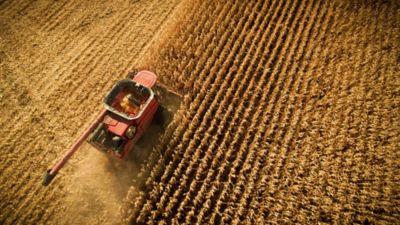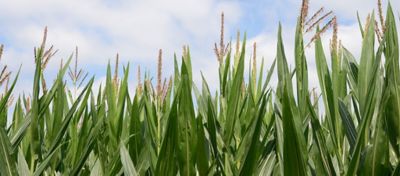Managing Corn for Greater Yield Potential: Insights From the 2023 NCGA National Corn Yield Contest

Crop Insights
Written by Mark Jeschke, Ph.D., Pioneer Agronomy Manager
Crop Insights
Written by Mark Jeschke, Ph.D., Pioneer Agronomy Manager
Pioneer has been leading hybrid corn development since 1920. And is just getting started.

To win the NCGA yield contest, you’ve got to do more than join the Corn Revolution. You’ve got to be a revolutionary.
See the Revolutionaries
This year, after a decade of innovation in genetics, breeding, technology and testing, everything came together. Resulting in better results and better returns.
See Local Yield DataUse our corn seed guide to explore Pioneer® brand corn products that will maximize yield potential on every acre.
Find Local Products










V – Vorceed™ Enlist® products with V, LL, RR, ENL. Contains a single-bag integrated refuge solution with multiple modes of action for above- and below-ground insects. The major component contains the Herculex® XTRA genes, the RW3 trait and the VTP trait. In EPA-designated cotton growing counties, a 20% separate corn borer refuge must be planted for Vorceed Enlist products. AM - Optimum® AcreMax® Insect Protection system with YGCB, HX1, LL, RR2. Contains a single-bag integrated refuge solution for above-ground insects. In EPA-designated cotton growing counties, a 20% separate corn borer refuge must be planted with Optimum AcreMax products. AML - Optimum® AcreMax® Leptra® products with AVBL, YGCB, HX1, LL, RR2. Contains a single-bag integrated refuge solution for above-ground insects. In EPA-designated cotton growing countries, a 20% separate corn borer refuge must be planted with Optimum AcreMax Leptra products. YGCB, HX1, LL, RR2 (Optimum® Intrasect®) - Contains a Bt trait and Herculex® I gene for resistance to corn borer. AVBL,YGCB,HX1,LL,RR2 (Optimum® Leptra®) - Contains the Agrisure Viptera® trait, the Bt trait, the Herculex® I gene, the LibertyLink® gene, and the Roundup Ready® Corn 2 trait. Q (Qrome®) - Contains a single-bag integrated refuge solution for above- and below-ground insects. The major component contains the Agrisure® RW trait, the Bt trait, and the Herculex® XTRA genes. In EPA-designated cotton growing counties, a 20% separate corn borer refuge must be planted with Qrome products.
ALWAYS READ AND FOLLOW PESTICIDE LABEL DIRECTIONS. Roundup Ready® crops contain genes that confer tolerance to glyphosate, the active ingredient in Roundup® brand agricultural herbicides. Roundup® brand agricultural herbicides will kill crops that are not tolerant to glyphosate. RR2 - Contains the Roundup Ready® Corn 2 trait that provides crop safety for over-the-top applications of labeled glyphosate herbicides when applied according to label directions.
Agrisure® and Agrisure Viptera® are registered trademarks of, and used under license from, a Syngenta Group Company. Agrisure® technology incorporated into these seeds is commercialized under a license from Syngenta Crop Protection AG. Liberty®, LibertyLink® and the Water Droplet Design are trademarks of BASF. Roundup Ready® is a registered trademark used under license from Monsanto Company.
¹All Pioneer products are hybrids unless designated with AM1, AM, AMT, AMRW, AMX, AMXT, AML, Q, and V in which case they are brands.
Pioneer® brand products are provided subject to the terms and conditions of purchase which are part of the labeling and purchase documents.
The foregoing is provided for informational use only. Contact your Pioneer sales professional for information and suggestions specific to your operation. Product performance is variable and subject to any number of environmental, disease, and pest pressures. Individual results may vary.
